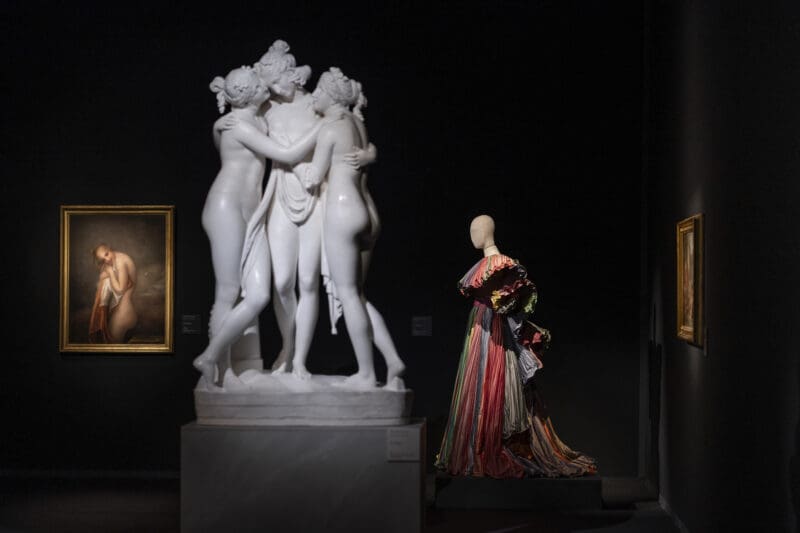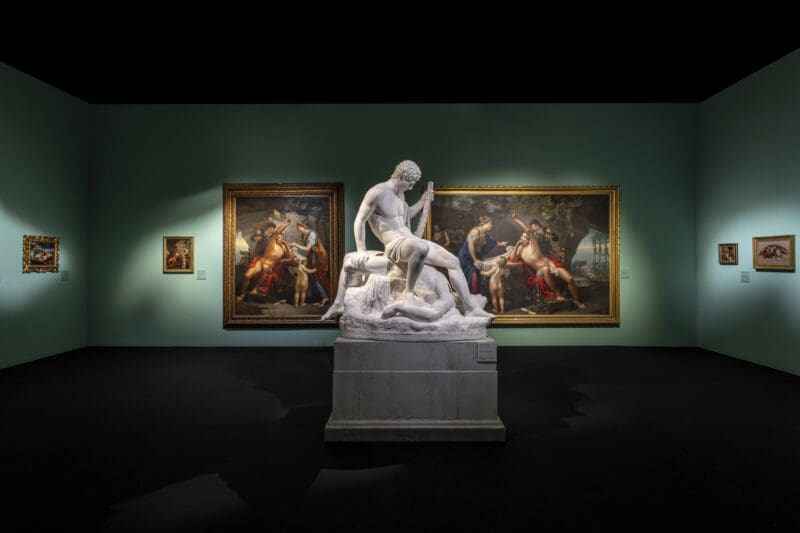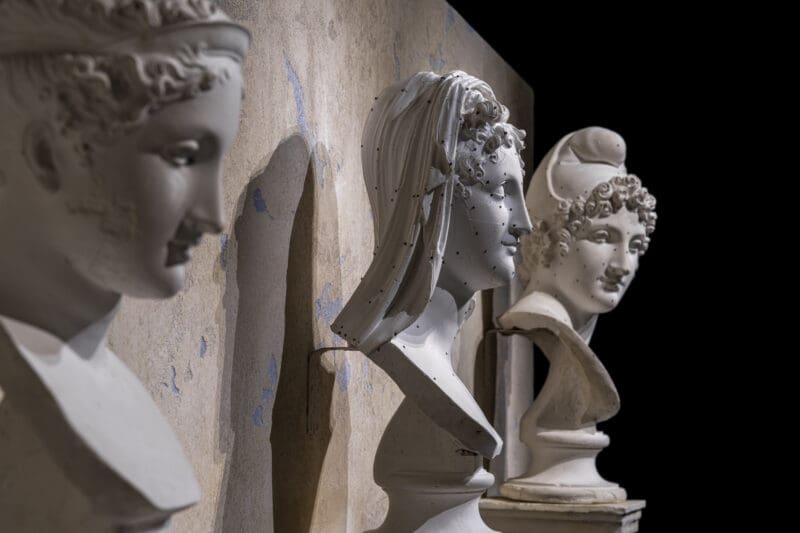NESTLED in the heart of Lucca, the exhibit features 12 exclusive sculptures that define the artist’s practice.
The exhibition Antonio Canova and Neoclassicism in Lucca confronts the practice of two fundamental artists: Pompeo Batoni and Antonio Canova. The dialogue between the revered sculptures of Canova and the paintings of the Lucchese League of creatives highlight a common feeling: the Roman experience and that of the Lucchese Bernardino Nocchi.
The exhibition route starts in a timeline with the famous Pompeo Batoni, whose several masterpieces including Portrait of Abbondio Rezzonico, Senator of Rome, from the National Galleries of Ancient Art and an extraordinary pair of paintings recently acquired by the Fondazione Cassa di Risparmio di Lucca.

Antonio Canova and Neoclassicism at Cavallerizza di Piazzale Verdi
Another Lucchese, less known than his fellow citizen, but whom this exhibition intends to bring to light by gathering a substantial spectrum of works is Bernardino Nocchi. Famed for his approach to neoclassical innovations thanks to his friendship with Antonio Canova, an artist whose sculptures were translated into painting and drawing, as noticeable in those of Alexandrine de Bleschamps as Tersicore displayed alongside Canova’s sculpture of the same name.

Antonio Canova and Neoclassicism at Cavallerizza di Piazzale Verdi
Also present in the exhibit is Nocchi’s talented pupil Stefano Tofanelli, who portrays himself as the master in the remarkable painting from the Museum of Rome: Self-portrait with his brother Agostino, his father and Bernardino Nocchi.
Antonio Canova is a universal icon of the new classicism and, by making decisive technical and intellectual experiences, he became the greatest exponent of an art, sculpture, to which Neoclassicism restored the primacy already exercised at the dawn of the Renaissance.

Antonio Canova and Neoclassicism at Cavallerizza di Piazzale Verdi
In his creative process, an outstanding significance is given by the life-size plaster models that constitute the moment of transition between an initial ideational phase and the actual realization of the marble sculpture. The plaster is, in the artist’s act of conception, the fragile and variable moment of feeling in the body of the sculpture. It is the most intimate and authentic of his artistic creation.
On display, one can find numerous works including paintings and the most significant sculptures from the Museo Gipsoteca Antonio Canova in Possagno, where the important evidence of the great master’s artistic production is preserved.

Antonio Canova and Neoclassicism at Cavallerizza di Piazzale Verdi
Presented in Lucca, for the first time there are twelve exclusive sculptures by Antonio Canova: they lead some of the major masterpieces birthed by the artist, such as the Hebe, the Tersicore, the Venus Italica, or the Paolina Borghese as Venus Victrix, and these are, in most cases, casts taken from the finished sculptures, with the exception of the Paris and of the Beatrice which are instead the models for the execution of the marble versions.
They are the only ones with the so-called repère (those small studs used by the rough-hewn sculptors in Canova’s studio as transport points from the plaster to the marble block). The collection, after this first landing in Lucca, thanks to the contribution and project of Banca Ifis, will be able to represent Canova in the world.
by Chidozie Obasi
